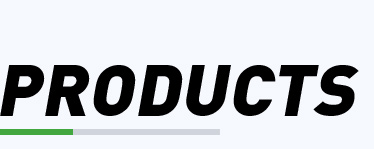| Exploration of the main use of high-pressure cleaners in cleaning diameter pipes | |
| 2021/7/7 | |
| For the cleaning of small-caliber pipes, we often use high-pressure cleaners as a clear main method. Its advantages are high cleaning efficiency, wide application range, and no pollution. In the cleaning process, due to the particularity of small diameter pipes, the selection of main parameters such as pressure and flow rate of the high-pressure cleaner will be different. Generally speaking, small-diameter pipes are mainly distributed in a ring shape, which is affected by curvature, which makes it very different from general plane cleaning, and as the diameter of the pipe decreases, this particularity becomes more and more obvious. The following editor will give you a detailed introduction. What are the main factors that affect the cleaning of small-diameter pipes by high-pressure cleaners? 1. Target distance and hitting power We often expand the range of jet cleaning by increasing the initial length of the jet, which is conducive to improving the cleaning efficiency of the high-pressure cleaner. At the same time, after the high-pressure water near the front end hits the inner wall of the pipe, a water cushion is generated due to refraction, which greatly buffers the cleaning effect of the back-end jet. Therefore, in order to maximize the impact force during the cleaning process, the best cleaning point should be selected, and the best target distance of the jet should be consistent. 2. Pressure and flow Generally speaking, the pressure and flow rate are proportional to the power of the high-pressure cleaner, but the cleaning effect on dirt is quite different. When the pressure is constant, we can peel off the scale from the substrate by increasing the cleaning speed and jet velocity. 3. Impact angle and cleaning speed The impact angle of the water jet refers to the angle between the axis of the nozzle and the normal of the plane to be cleaned in the cleaning plane. Under the same other conditions, different impact angles make the cleaning effect of the water jet different. At the same time, the impact angle of the water jet is also related to the direction of motion of the water jet. When the impact angle deviates from the forward direction of the jet, the cleaned water flow will wash the cleaned surface with broken dirt at a certain speed, and the water flow will also accelerate the formation and growth of cracks after rebounding on the pipe wall, thereby increasing the cleaning effect and improving Cleaning efficiency. 4. Nozzle and nozzle For small-diameter pipelines, the overall size of the nozzle of the high-pressure cleaner is limited due to the working space, which is generally a two-dimensional self-rotating nozzle. When cleaning, the nozzle is connected with the high-pressure hose, and the nozzle advances by the reverse thrust generated by its own back spray, and the rotating sleeve is driven to rotate by the reverse torque generated by the spray. In addition to the necessary rear nozzles, this type of nozzle also has front nozzles or radial nozzles. The rear spray hole is mainly used to generate propulsion and discharge sewage, the radial hole is mainly used for cleaning, and the front spray hole of the runner body is mainly used to eliminate blockage. |
|
|
|
|
|


